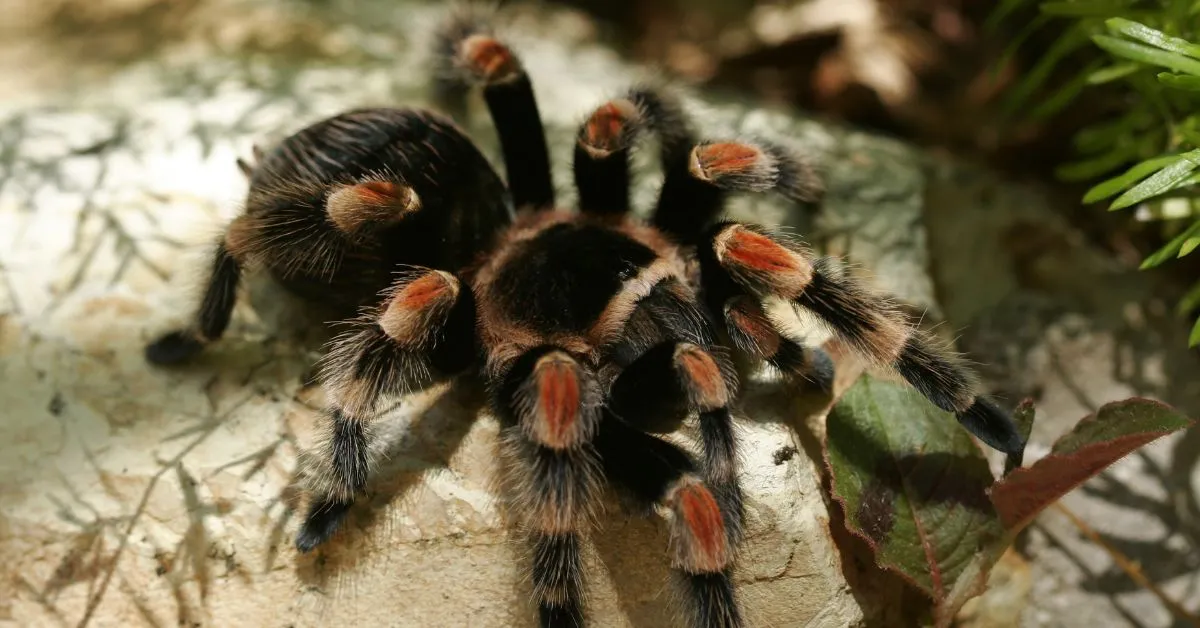Understanding the Mexican Red Knee Tarantula
The Mexican Red Knee Tarantula (Brachypelma hamorii), a captivating arachnid, has gained popularity among tarantula enthusiasts. Known for its striking appearance and relatively docile temperament, this species provides a fascinating glimpse into the world of spiders. Understanding the Mexican Red Knee Tarantula is the first step to appreciate its range and the factors that influence its survival. This comprehensive guide will delve into the physical characteristics, geographic range, natural habitat, behavior, and conservation status of this remarkable creature. By exploring these aspects, we can better understand and appreciate the importance of protecting this iconic species and its natural environment. Whether you are a seasoned arachnid aficionado or a curious newcomer, this exploration will offer valuable insights into the life of the Mexican Red Knee Tarantula, its range, and how we can ensure its continued presence in its native habitat.
Physical Characteristics
The physical attributes of the Mexican Red Knee Tarantula are key to its identification and understanding of its behavior. The vibrant colors and distinctive markings serve not only as a visual spectacle but also play a role in its survival. The tarantula’s exoskeleton, made of chitin, provides protection and support. The spider molts periodically to grow, shedding its old exoskeleton and revealing a new, larger one. This process leaves the tarantula vulnerable, making it important to understand its habitat and range. The Mexican Red Knee Tarantula’s size and appearance, the unique coloration on the legs, and other physical attributes all contribute to the tarantula’s ability to thrive in its specific environment. Proper care, which includes providing the right conditions for molting, contributes to its well-being and longevity. The spider’s physical makeup is finely tuned to the demands of its environment, with each feature playing a role in its survival.
Size and Appearance
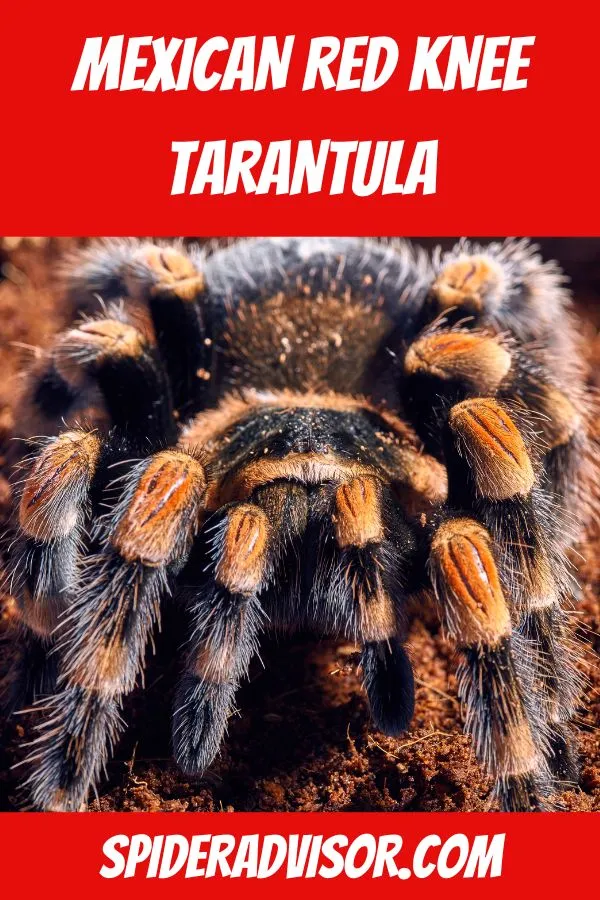
Adult Mexican Red Knee Tarantulas typically have a leg span ranging from 5 to 6 inches (13 to 15 cm). Their bodies are covered in dark brown or black hairs, and their most distinctive feature is the vibrant red-orange markings on their leg joints, resembling ‘knees’. This striking coloration serves as a warning to potential predators. The females tend to be larger than the males, and the males have a slightly different appearance, with longer legs and a more slender build. Their overall appearance makes them a sought-after species for tarantula keepers, as they are visually appealing and relatively easy to care for. Knowing the size and appearance aids in proper enclosure setup and understanding the spider’s potential growth.
Lifespan
The Mexican Red Knee Tarantula has a relatively long lifespan compared to many other tarantula species. Females can live for 20 to 30 years, while males typically live for 5 to 10 years. This significant difference in lifespan is attributed to the male’s shorter reproductive life. The longer lifespan of females makes them a rewarding pet for dedicated owners, as they can be enjoyed for many years. Understanding the lifespan is crucial for long-term care planning, including providing appropriate housing, diet, and environmental conditions to ensure their health and well-being throughout their lives.
Geographic Range of the Mexican Red Knee Tarantula
The Mexican Red Knee Tarantula’s range is a critical aspect of understanding its conservation needs and habitat requirements. The spider’s distribution is specific, and several factors influence its ability to thrive in these areas. Studying the range helps identify potential threats and provides insights into how climate change and human activities could impact the species. The range, combined with the understanding of its habitat, allows for targeted conservation efforts aimed at preserving the tarantula’s natural environment. By focusing on areas where the spider is most prevalent, conservationists can work to protect its habitat and ensure its long-term survival.
Natural Habitat
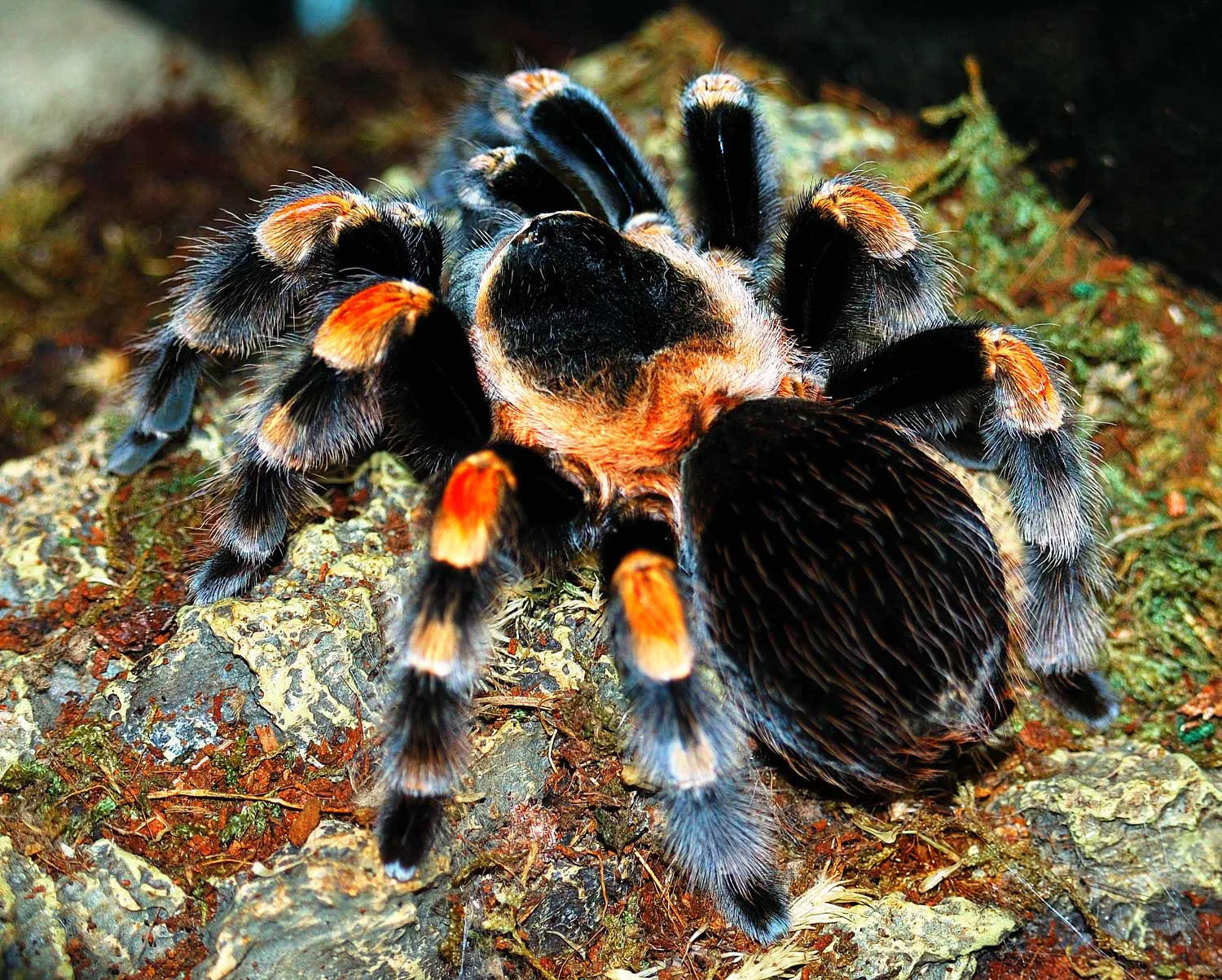
Mexican Red Knee Tarantulas are native to the Pacific coastal regions of Mexico, specifically in the states of Guerrero and Michoacán. These areas are characterized by dry, tropical forests and scrublands. The tarantulas prefer to live in burrows, either those they dig themselves or those abandoned by other animals. These burrows provide shelter from extreme temperatures and protection from predators. The habitat provides the necessary conditions for their survival, including suitable humidity, temperature, and access to prey. The natural habitat plays a key role in understanding the tarantula’s needs and how to provide for them in captivity. Proper habitat understanding helps in replicating their natural environment to ensure their health and well-being.
Distribution in Mexico
Within the specified regions of Mexico, the distribution of the Mexican Red Knee Tarantula is not uniform. They are more commonly found in certain areas where conditions are optimal. This distribution is influenced by factors like soil type, availability of prey, and human activity. Conservation efforts often focus on these key areas to ensure the tarantula’s continued presence. The understanding of distribution helps identify areas that require more protection. Mapping the distribution also provides important data for monitoring populations and identifying potential threats.
Variations Within the Range
Variations in the environment within the range of the Mexican Red Knee Tarantula can lead to subtle differences in appearance and behavior. These variations are primarily influenced by local climate, soil composition, and prey availability. Even within a relatively small geographic area, adaptations to local conditions can be observed. These differences highlight the resilience of the species and its ability to adapt to a range of conditions within its primary range. Understanding these variations is essential for effective conservation management and for ensuring the species’ long-term survival in a changing environment.
Factors Influencing Range
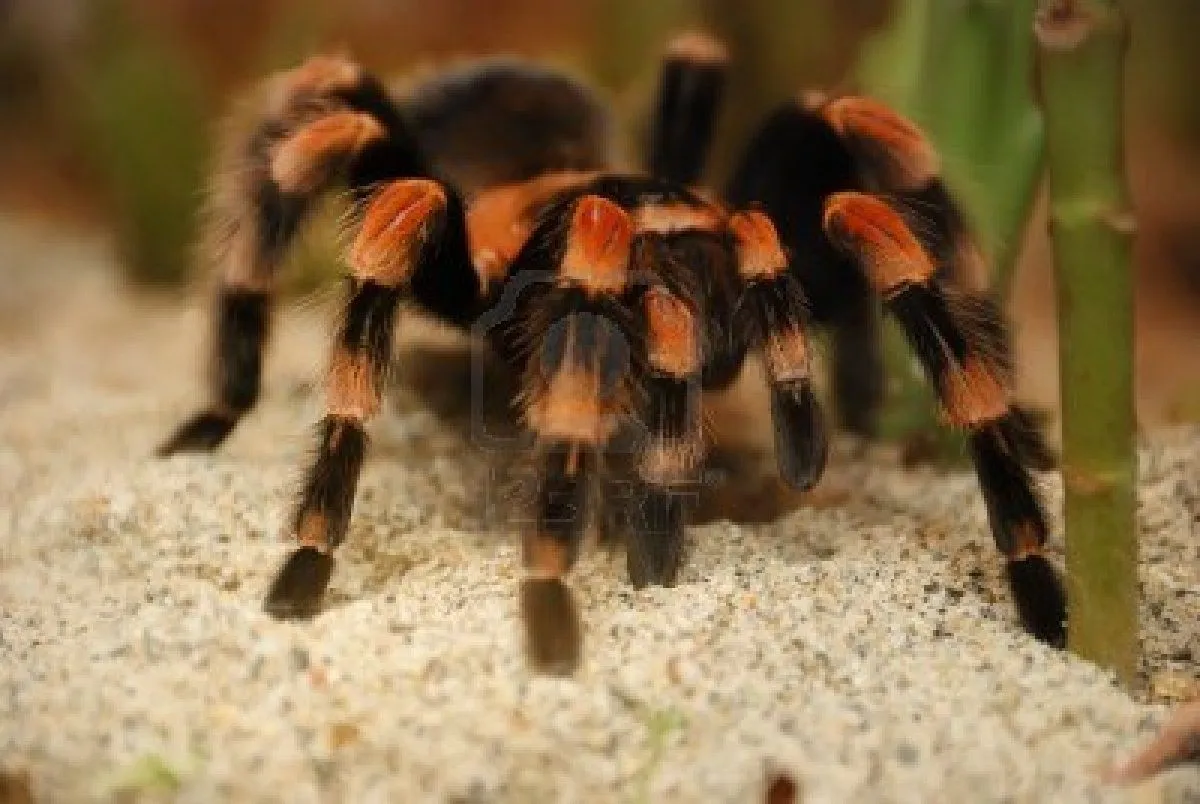
Several environmental and ecological factors play a crucial role in determining the range and survival of the Mexican Red Knee Tarantula. These factors include climate and temperature, availability of prey, and suitable shelter. The interplay of these elements directly affects the spiders’ ability to thrive and reproduce within their natural habitat. Understanding these influences is vital for conservation efforts and for predicting the impact of environmental changes on their distribution. This knowledge can guide strategies for protecting the species and its habitat from potential threats.
Climate and Temperature
The Mexican Red Knee Tarantula thrives in a warm, dry climate. They are particularly sensitive to extreme temperatures and humidity fluctuations. The ideal temperature range for these tarantulas is typically between 75 and 85 degrees Fahrenheit (24 to 29 degrees Celsius). High humidity can lead to health issues, such as fungal infections. Understanding these climate preferences is essential for replicating the natural habitat in captivity and monitoring potential impacts of climate change on wild populations. Protecting their habitat from extreme temperature changes and ensuring access to suitable microclimates are essential aspects of their survival.
Availability of Prey
The availability of prey is another critical factor affecting the range and population density of the Mexican Red Knee Tarantula. They are primarily insectivores, feeding on insects like crickets, roaches, and other invertebrates. The presence of a healthy and diverse prey base is essential for their survival and reproductive success. Changes in prey availability, due to factors like habitat destruction or pesticide use, can significantly impact the tarantula’s population. Ensuring a sustainable food supply within their habitat is therefore a key component of conservation efforts.
Suitable Shelter
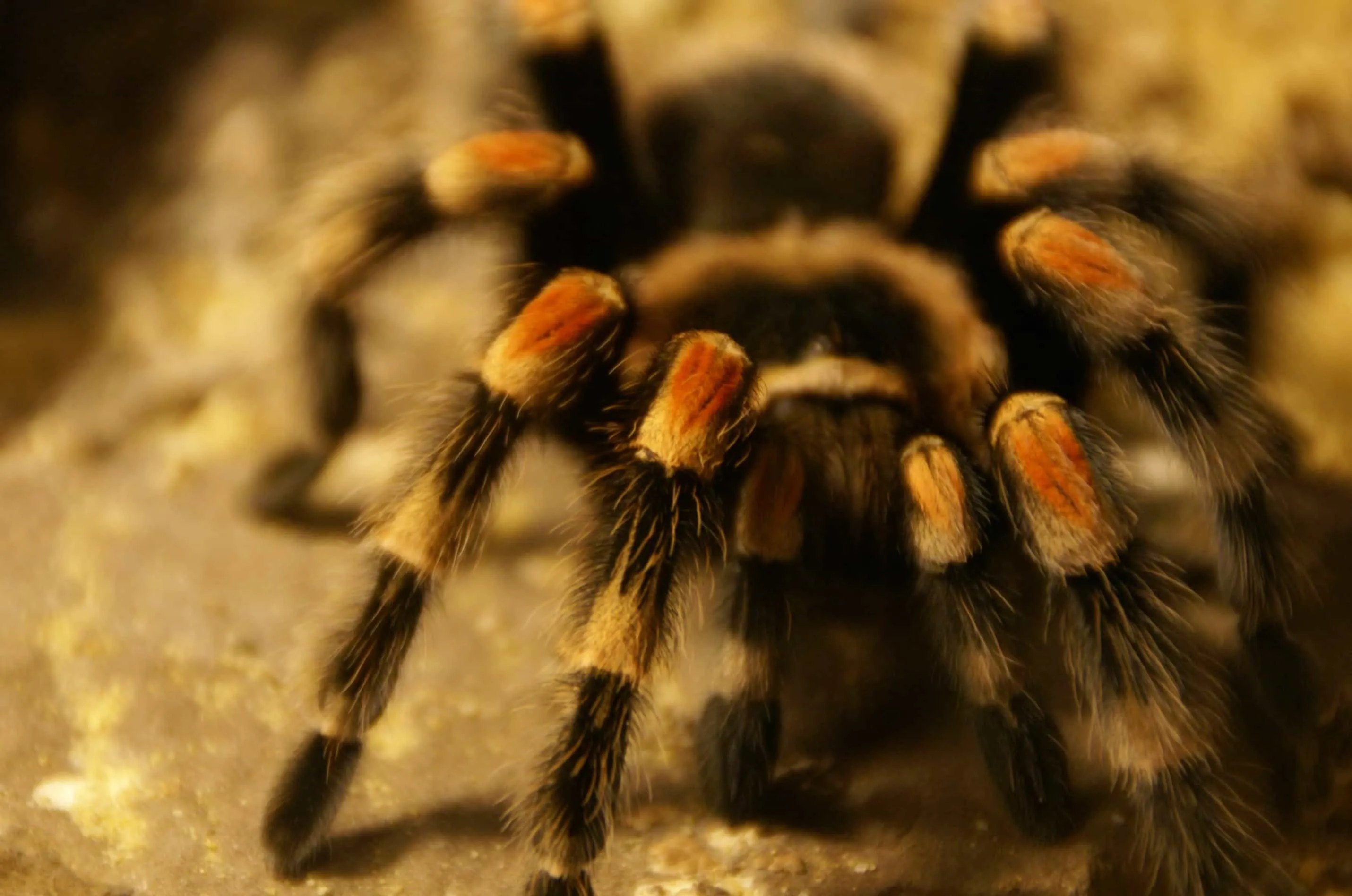
The availability of suitable shelter is crucial for the survival of the Mexican Red Knee Tarantula. They are burrowing spiders and require stable, secure locations for protection. These burrows offer protection from predators, extreme weather conditions, and potential threats. The presence of adequate shelter is directly linked to their ability to thrive in an area. Habitat destruction, such as deforestation and urbanization, can limit the availability of suitable burrowing sites, leading to population decline. Conserving and restoring habitats is, therefore, essential for the long-term conservation of the species.
Behavior and Range
The behavior of the Mexican Red Knee Tarantula, particularly its burrowing habits and seasonal activities, is intricately linked to its range. Their movements, hunting strategies, and overall activity levels vary based on environmental factors and the availability of resources. Understanding their behavioral patterns provides insight into how they interact with their surroundings and how conservation efforts can be optimized to meet their needs. The species’ ability to adapt and thrive in its natural environment is influenced by the interaction of their behavior and the challenges they face.
Burrowing and Movement
Mexican Red Knee Tarantulas are primarily burrowing spiders, spending a significant amount of time in their subterranean retreats. These burrows provide protection from predators, extreme temperatures, and the harsh elements of their environment. The depth and structure of the burrow can vary, depending on the soil type and local conditions. The spiders typically do not move far from their burrows, especially during the daytime. Their movements are mainly for hunting, mating, and occasionally seeking new burrow sites. Understanding their burrowing and movement habits is crucial for conserving their habitat and ensuring their survival in the wild.
Seasonal Activities
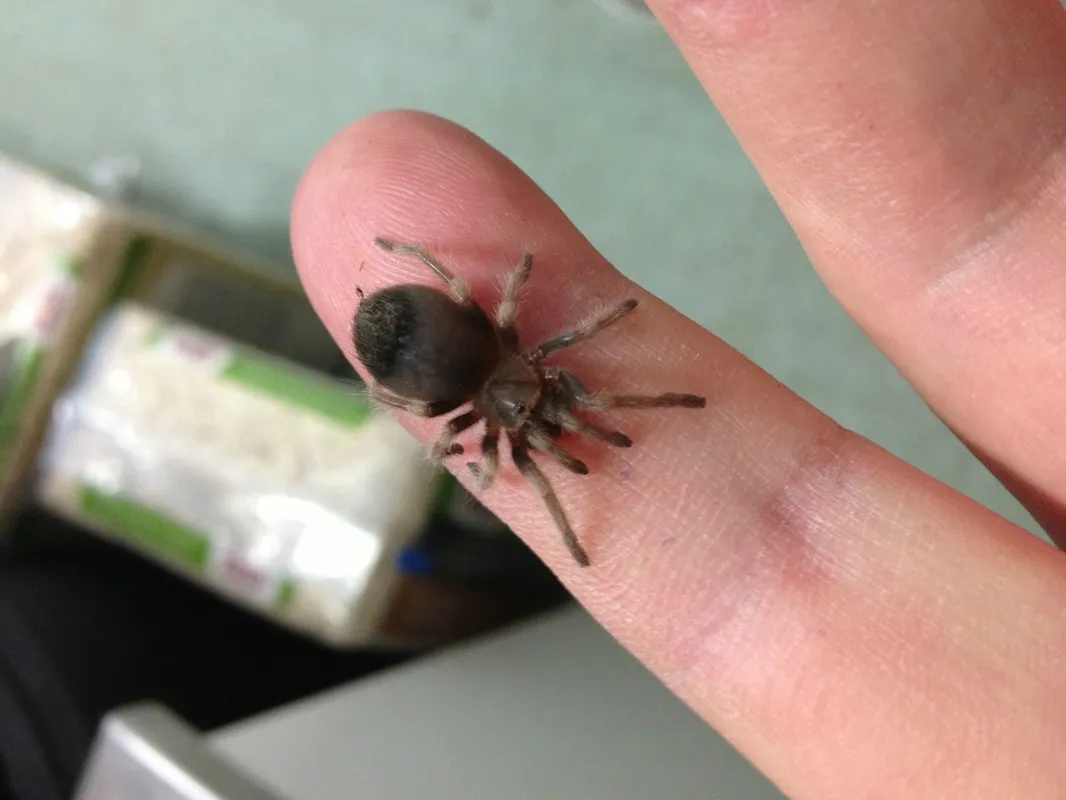
The activity of the Mexican Red Knee Tarantula varies with the seasons, primarily influenced by temperature and rainfall. They are most active during the warmer months, when temperatures are optimal and prey is more abundant. During cooler months, they may become less active, retreating into their burrows to conserve energy. Mating and reproduction also follow seasonal patterns, often coinciding with the rainy season. Understanding their seasonal behavior helps in anticipating their needs and addressing conservation issues appropriately.
Conservation Status and Threats
The Mexican Red Knee Tarantula faces several threats that impact its conservation status. These threats include habitat destruction, the pet trade, and climate change. Addressing these challenges is crucial to ensuring the survival of the species. The conservation efforts must consider the ecological and environmental challenges that affect their well-being and the overall sustainability of their environment. Protecting the species involves a multi-faceted approach, including habitat preservation, regulated pet trade, and climate change mitigation.
Habitat Destruction
Habitat destruction is a significant threat to the Mexican Red Knee Tarantula. Deforestation, agricultural expansion, and urbanization are leading to the loss of their natural habitat. These activities reduce the availability of suitable burrowing sites, reduce prey, and disrupt their natural environment. Protecting and restoring their habitat is crucial for conservation. Conservation efforts often focus on creating protected areas and promoting sustainable land use practices to mitigate the impact of habitat destruction and safeguard the long-term survival of the species.
Pet Trade
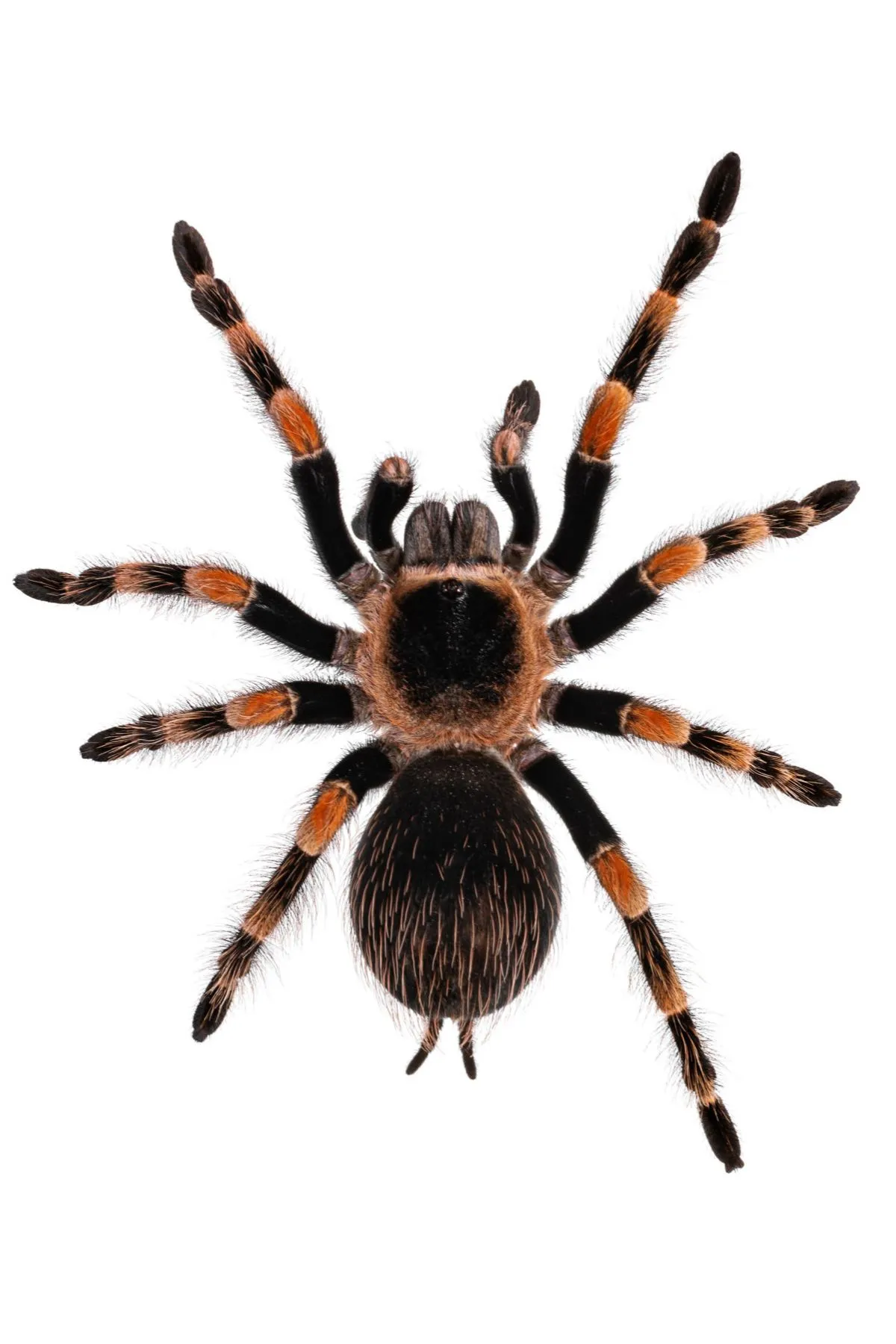
The pet trade poses both opportunities and risks for the Mexican Red Knee Tarantula. While captive breeding can reduce pressure on wild populations, unsustainable collection practices can be detrimental. Over-collection from the wild, coupled with habitat destruction, can lead to population declines. Regulated collection and captive breeding programs can play a vital role in conservation efforts. Ensuring the pet trade is ethical and sustainable, with proper documentation and responsible breeding practices, is critical for protecting this species.
How to Support Conservation Efforts
Supporting conservation efforts for the Mexican Red Knee Tarantula involves several actions. Education and awareness are essential, as is supporting conservation organizations dedicated to protecting their habitat. Responsible pet ownership is also a way to support conservation. By making informed choices, advocating for habitat protection, and contributing to conservation initiatives, individuals can play a significant role in securing the future of this beautiful species. Protecting the Mexican Red Knee Tarantula and its range requires a combined effort from conservation organizations, governments, and individuals.
- Support reputable conservation organizations.
- Educate others about the importance of conservation.
- Advocate for sustainable land use practices.
- Support ethical pet trade practices.
